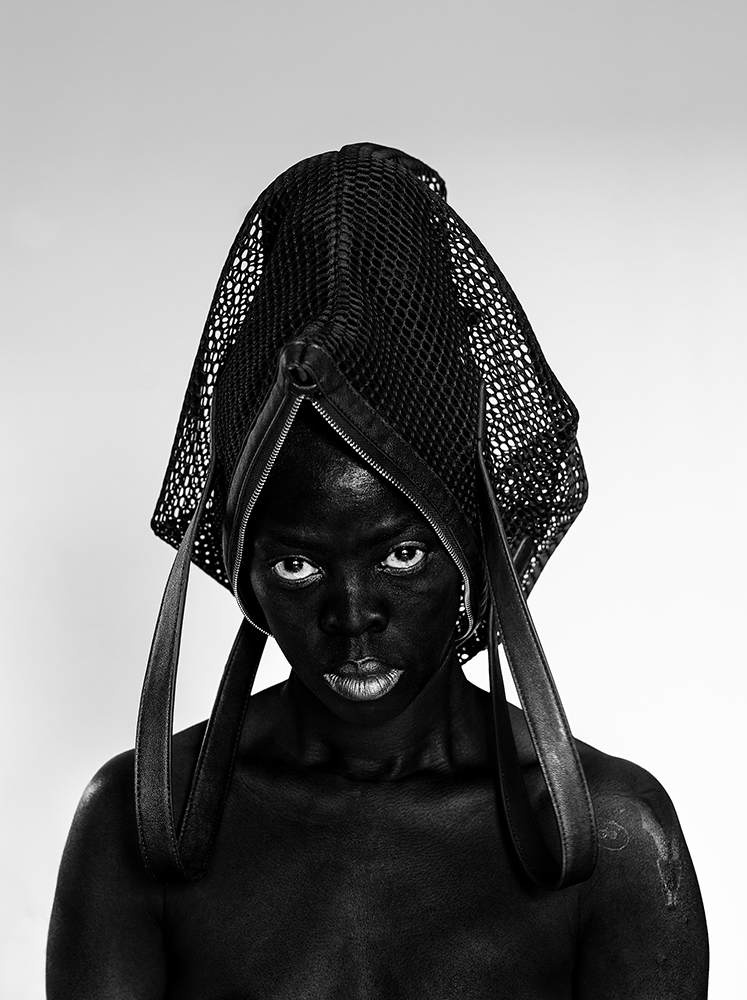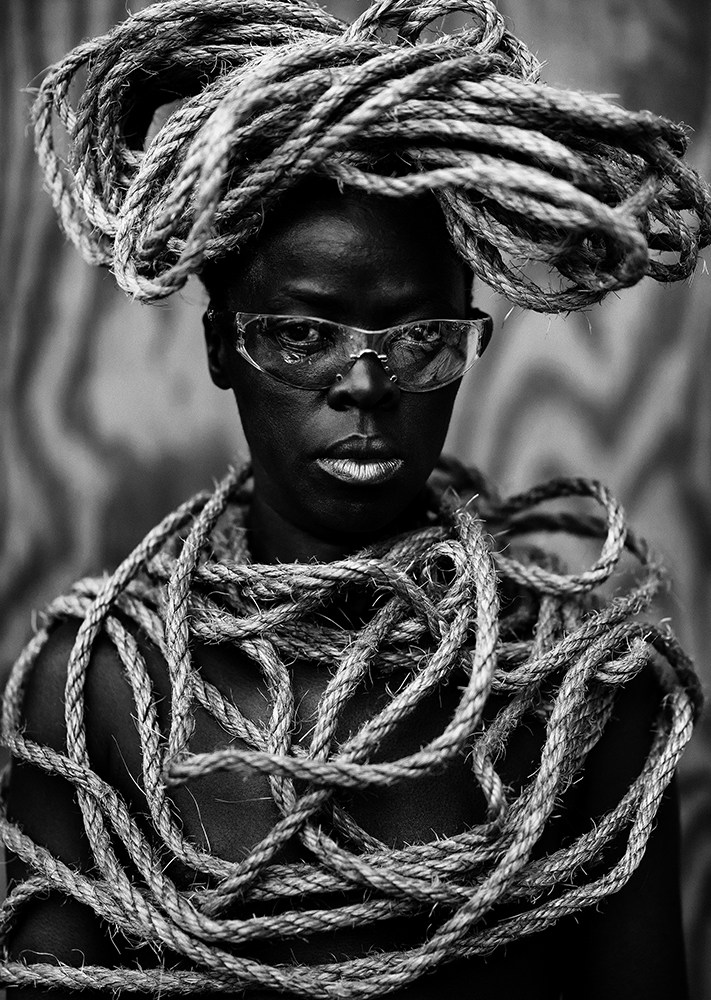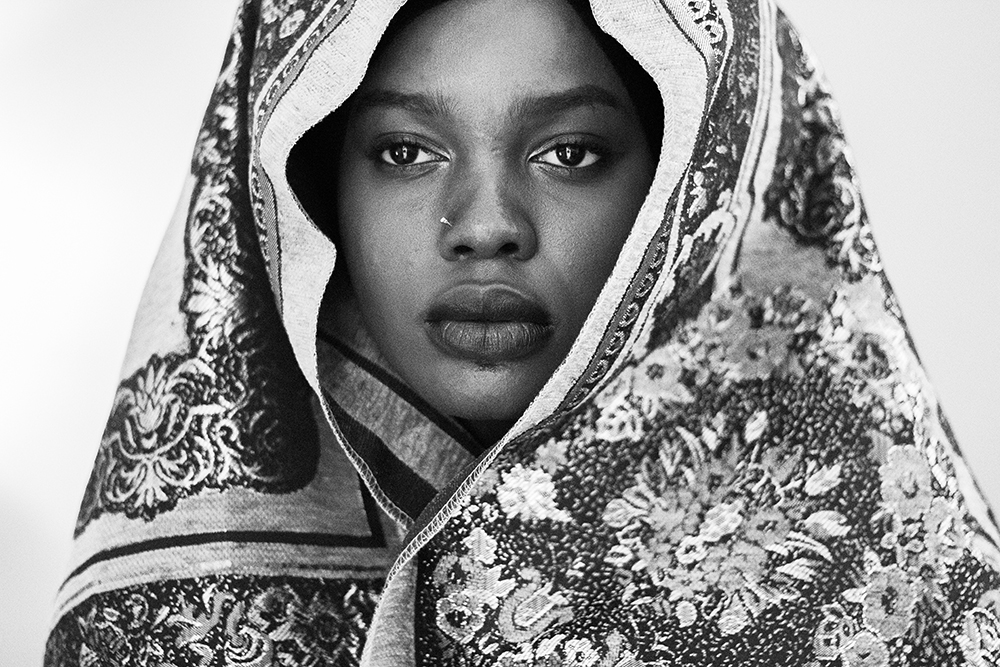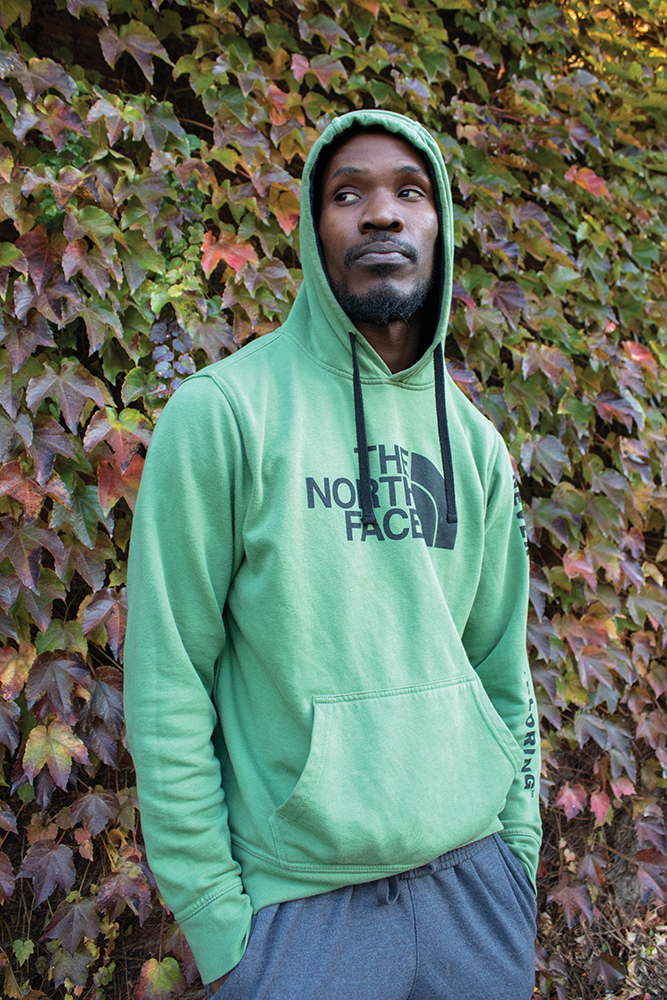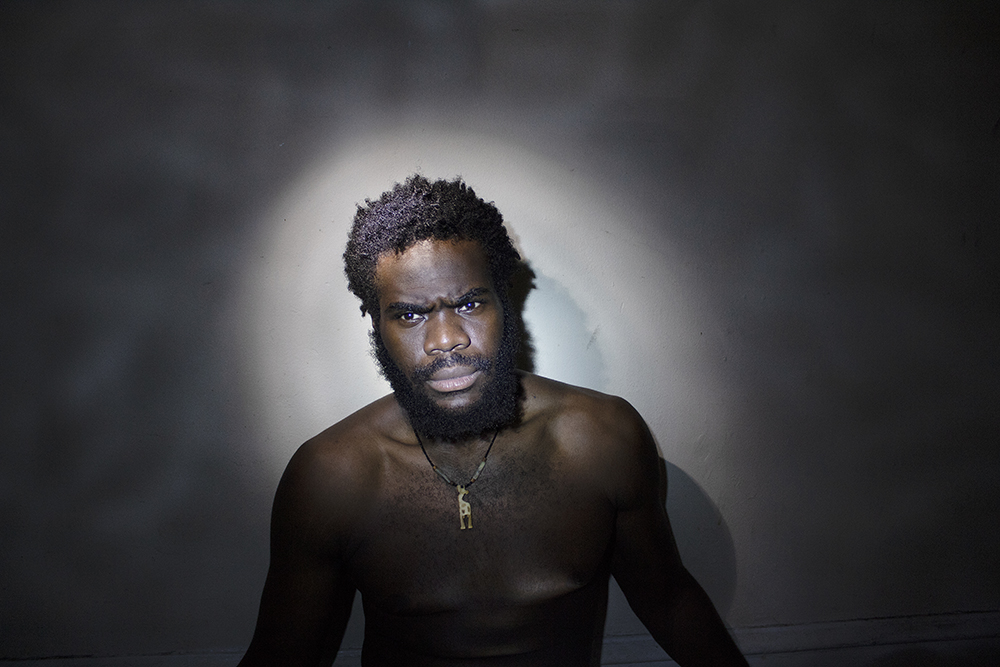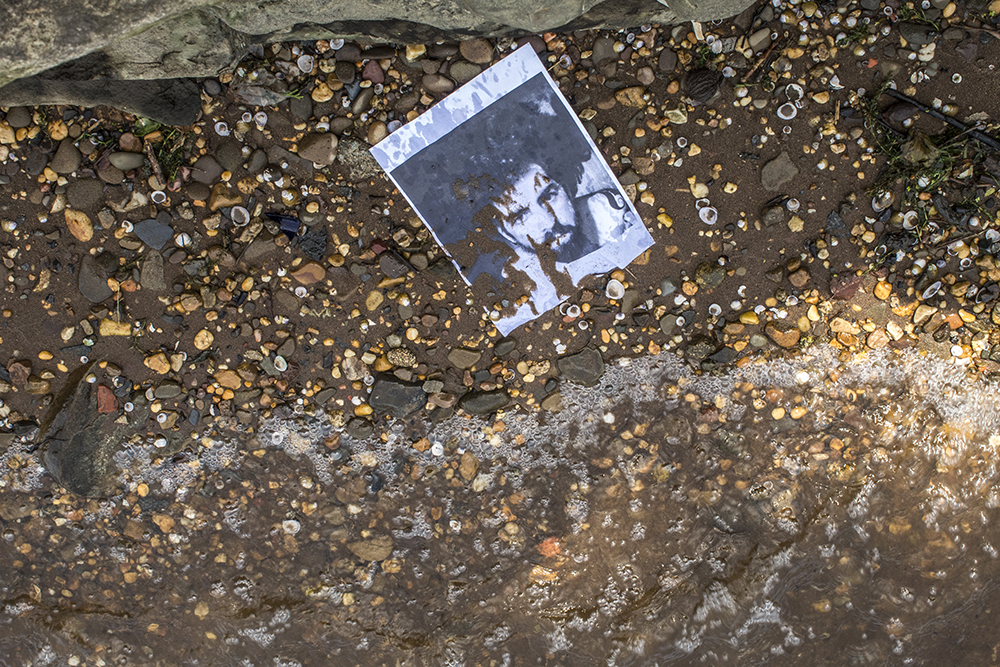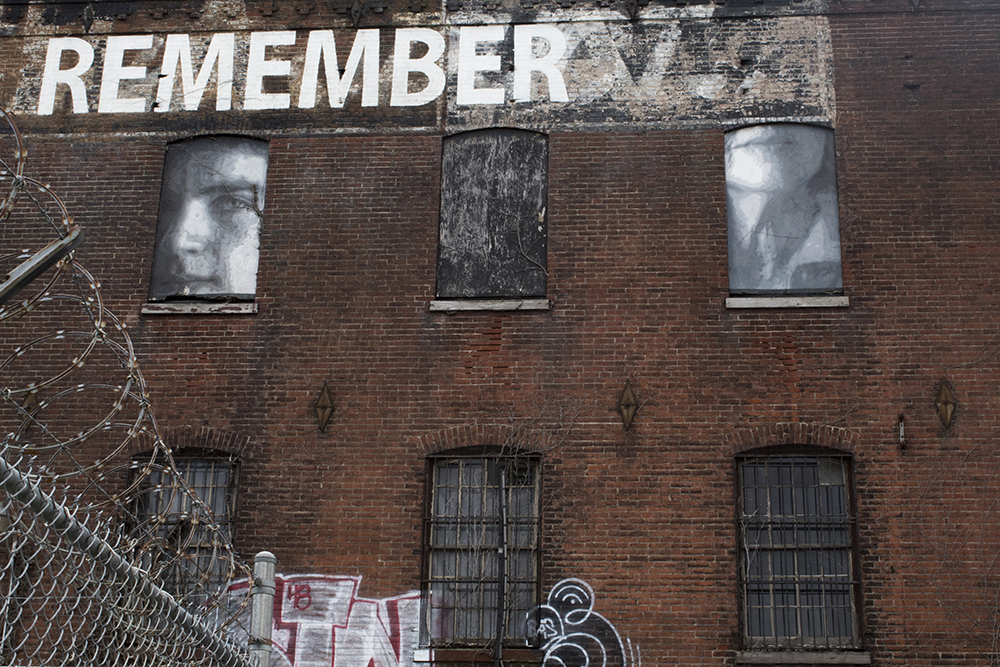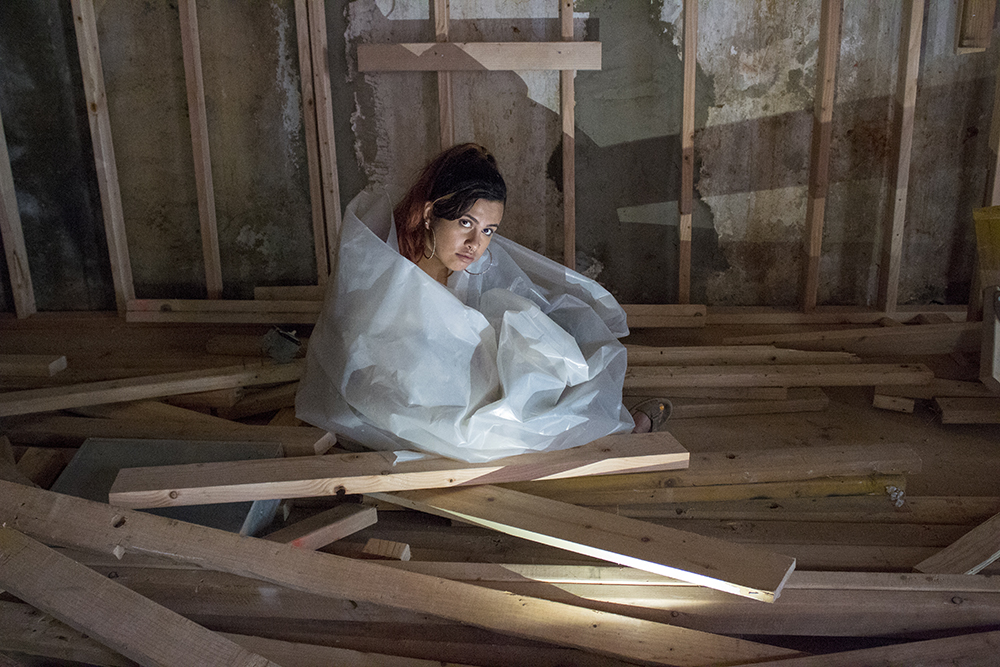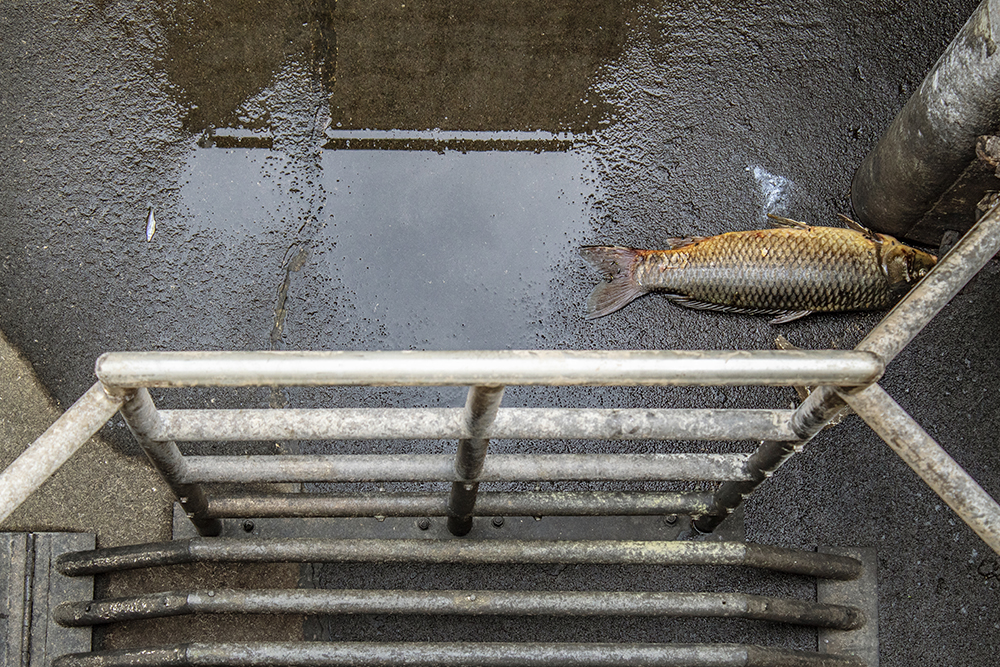Zanele Muholi & The Women’s Mobile Museum: Who is Art For?
Earlier this year, the Philadelphia Photo Arts Center (PPAC) introduced the The Women’s Mobile Museum – a year-long residency and apprenticeship program led by internationally renowned South African artist-activist Zanele Muholi in her first major US-based project: a collaboration with ten (10) women artists of different ages, ethnicities and socio-economic backgrounds. Beginning in September 2018, the artists and Muholi took their finished projects on the road in a six-month traveling exhibition that challenges social and economic barriers of the traditional art world and asks the question: Who is art for?
The Women’s Mobile Museum will have two shows that run concurrently. The culminating exhibition of the Women’s Mobile Museum opens January 24, 2019 at the Philadelphia Photo Arts Center and is curated by Renée Mussai. January 24, 2019 – March 30, 2019. Zanele Muholi & The Women’s Mobile Museum will also be on exhibit at PAFA December 22, 2018 – March 31, 2019. This exhibition features the work displayed in the WMM community exhibition that traveled to Philadelphia neighborhoods in 2018. This show is curated by Jodi Throckmorton.
Zanele Muholi‘s three portraits were commissioned and produced by the Philadelphia Photo Arts Center for the Women’s Mobile Museum in 2018. They form part of their ongoing series of black and white self-portraits Somnyama Ngonyama (meaning ‘Hail, the Dark Lioness’), which confront and challenge the politics of race in the photographic archive.
In contrast to her life-long project of documenting members of the black LGBTQIA+ community of South Africa, for this body of work Muholi turns the camera on herself. The self-portraits in the series are taken while travelling in South Africa, America, Asia, and Europe; they reference fine art portraiture and fashion photography, using a range of materials and every-day objects. In their own words,
Zanele Muholi states, ‘“Experimenting with different characters and archetypes, I have portrayed myself in highly stylised fashion using the performative and expressive language of theatre. My face becomes the focal point, forcing the viewer to question their desire to gaze at images of my black figure. By highlighting the contrast of my skin tone, I’m reclaiming my blackness, which I feel is continuously performed by the privileged other.”
“The Women’s Mobile Museum is a vehicle in only the metaphorical sense; in fact – it is a manifesto and delivery system for reclaiming the space and function of presenting art. The Women’s Mobile Museum challenges the current hierarchy of the art and intellectual worlds. The artists of the Women’s Mobile Museum envision a decolonized art museum that welcomes all people. Who is art for? Art is for everyone.
Since February, the female poets, photographers, painters and digital artists have been collaborating with one another and Muholi to create art reflective of their individual and collective experiences. Through the combined apprenticeship and Women’s Mobile Museum exhibition, the program combats the challenges that economically-disadvantaged women experience in art spaces, such as a lack of artistic resources and opportunities to showcase their work, and little or no access to higher education and professional training. The apprenticeship has provided the artists with funding, access to previously unavailable tools and resources, exhibition opportunities and formal training. In its final form, the Women’s Mobile Museum will remind visitors that art can and should be done by, seen by and feature all people, taking it outside its typical Western worldview lens.”
The artists are:
- Afaq: an artist, activist, and educator whose body of self-portraiture seeks to challenge, confront, return, and respond to the Western gaze.
- Shasta Bady:an aspiring scientist, visual artist, and sporadic papermaker whose project “As Above, So Below” is a study of public transportation – SEPTA – and its architectural spaces, portraits of passengers, and continuous movement.
- Davelle Barnes: a meme curator, a film ethnographer, a social poet and a former Army Sergeant whose project “Unsat” is a visual critique of the racist, body-shaming rules and regulations she experienced during her time in the Army.
- Tash Billington: an artist specializing in visual art, spoken word and engaging with community members. Her project “Philly Natives” pays homage to those who have overcome obstacles such as poverty, violence, racism, classism, over-incarceration and the public school-to-prison pipeline.
- Iris Maldonado: a Reiki practitioner, poet and photographer. Maldonado usesself-portraits to explore womanhood, relationships, family bonds and emotional abuse. Her goal is to awaken a consciousness, asking women to take a good look at themselves and see their own value and strength to reject the negative messages of an abuser.
Iris Maldonado “Art is what moves the community.” from Philadelphia Photo Arts Center on Vimeo.
- Danielle Morris: a self-taught photographer who mainly works in street and self-portraiture. In her project “Larchwood”, she explores Black memory and the nostalgic components of her childhood that have shaped her life.
- Shana Roberts: a multi-disciplined artist who continuously explores and discovers new ways to express herself. Her project “Black Incandescence” is a record of Black turmoil and resilience that emphasizes a stark societal juxtaposition and the state of constant worry and unease Black people in America experience.
- Carrie Anne Shimborski: an abstract painter, Master Doodler, and an emerging photographer. Her works are part of her poetic archive that prompt observers to delve deeper to unlock the mystery of each subject.
- Muffy Ashley Torres: a multifaceted and self-taught artist whose project explores the greater themes of love, loss and displacement she and her family have experienced in her lifetime.
- Andrea Walls: uses the mediums of poetry, photography and digital collage as tools for resistance. In “North from Here: A Series of Disembodied Portraits” she responds to the global experience of forced displacement of both wild and human populations.
Posts on Lenscratch may not be reproduced without the permission of the Lenscratch staff and the photographer.
Recommended
-
Joan Haseltine: Bluest BruiseDecember 4th, 2024
-
Jordan Eagles in Conversation with Douglas BreaultDecember 2nd, 2024
-
“notes from a body inverted” by Emme Rovins – Exhibition at Gravedigger’s DaughterNovember 19th, 2024
-
Susan Worsham: Crystals of SilverNovember 13th, 2024

